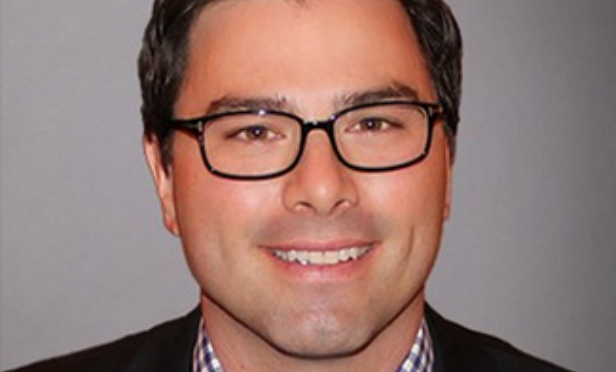
Multifamily opportunities are beginning to stay on the market for longer periods of time, and properties offering pricing discounts are increasing as well, according to Tim Steuernol, EVP at NAI Capital. While multifamily remains one of the most popular asset classes for investment, this new trend is a clear departure from the trends that we have seen in recent years, which included fast multifamily sales with multiple offers and record pricing. Despite the increase in time to sale, Steuernol says that the market is still healthy and extremely strong.
“We are seeing buildings sitting on the market for longer than we have in the past, and we are seeing buildings with price reductions, which is also something that we haven't seen in the past,” Steuernol tells GlobeSt.com. “We are starting to see more of those. The market, though, seems to be working itself out. We are still seeing a lot of transactions and we are seeing a lot of investor demand, and we are still in a low interest rate market. The market is still extremely strong.”
The underlying cause for this increase in for-sale supply is unknown. However, it isn't necessarily a sign that there is a turn in the market. “Last year, it was hard to find properties on the market, and a lot of buildings sold off market,” says Steuernol. “Now, there is more supply than there was last year. That could be a turn in the market and that could be that we are at an interesting time when we have hit peak values and interest rates are going up. Investors are being more critical about their underwriting and forecasting in the future.”
The increase in for-sale supply is most common in submarkets with low cap rates and limited upside. In up-can-coming markets, multifamily investment demand is still competitive. “Outlier markets, like areas surrounding Downtown Los Angeles—Boyle Heights, Lincoln Heights—are still seeing strong demand,” says Steuernol. “Cap rates haven't compressed, and there are still B- and C-class product. A-quality areas that are highly priced with very low cap rates with limited upside are seeing less demand. It is always nice to be in an area in a great part of town, but when cap rates compress to such low levels, I think some of the higher quality assets with less returns are sitting on the market for longer than assets that have more growth potential.”
Rising interest rates are the biggest concern for investors this year, according to Steuernol. Rising interest rates will put upward pressure on pricing, however the strong economy and demand should keep the multifamily market strong. “One thing that we really have going for us is that the economy is strong and it seems to be in a growth pattern,” he says. “Increasing interest rates shouldn't hinder values too much.”
Want to continue reading?
Become a Free ALM Digital Reader.
Once you are an ALM Digital Member, you’ll receive:
- Breaking commercial real estate news and analysis, on-site and via our newsletters and custom alerts
- Educational webcasts, white papers, and ebooks from industry thought leaders
- Critical coverage of the property casualty insurance and financial advisory markets on our other ALM sites, PropertyCasualty360 and ThinkAdvisor
Already have an account? Sign In Now
*May exclude premium content© 2025 ALM Global, LLC, All Rights Reserved. Request academic re-use from www.copyright.com. All other uses, submit a request to [email protected]. For more information visit Asset & Logo Licensing.








